Top Stories
Multimedia Journalist Amanda Morris Shares Disability Reporting Standards
Published
4 years agoon

The media play a significant role in influencing public opinion and attitudes. The choice of words, messages, and images can determine perceptions, attitudes, and behaviors. Amanda Morris wants to emphasize this to all journalists, broadcasters, producers, and content creators. The Times’s inaugural disability reporting fellow shares one of the most effective ways to enhance disability reporting is to reach out to more disabled people.
When It All Started
Morris said that when Starbucks opened a “Signing Store” in Washington, D.C., in October 2018, some of her friends sent her articles on the subjects, remarking how “cool” it was. But as a hard-of-hearing individual, Morris viewed it differently. Although she was happy to learn about Starbucks’ efforts to be more inclusive, hiring people with disabilities is not a big news story. And neither is a company making one store accessible to deaf and hard-of-hearing customers. Morris felt that the real story was how some of those employees had master’s degrees. Yet, they struggled to find jobs elsewhere because of their disability.
Many articles about differently-abled persons make it look as if it is special when they do things that non-disabled ones do. In reality, it’s not. These articles “otherize” disabled people and create their stories as “inspiration” for non-disabled people. Morris explained that reducing their lives into simple narratives often missed that society started those barriers.
“As a disability reporting fellow for the Times, my goal is to shift the way what the news media writes about persons with disabilities.” – Amanda Morris.
Some of the works of Amanda Morris break the stigmas and negative perceptions that several people have. It includes the flawed idea that having a disability is naturally bad or is limiting. Morris shares that she never felt that her disability had made her “less.” Instead, it is an integral part of her identity and has presented a different perspective.
Tips On Accurate Disability Reporting
Below is the summary of tips shared by Morris on how to report disability with care:
- Pick newsworthy stories, not stories that turn people with disabilities into spectacles for non-disabled audiences. When selecting a story idea, ask yourself: Why is this newsworthy? What are the disabled persons saying about this story? Or Am I outlining this story in a nuanced way that looks at the broader context?
- Before writing an article that may affect a group of people with certain conditions, reach out to several people living with the condition and include their voices in your story. This ensures that there’s a possibility of differences of experience or opinion. Also, disability should encompass many aspects such as races, ethnicities, age, gender, sexual orientation, religion, and economic backgrounds.
- In interviews, Morris said that she doesn’t approach a person with a disability differently than a non-disabled individual. The only thing that may vary might be the communication style because it depends on what disability the source has.
- During interviews, journalists and writers should avoid asking for on-the-spot interviews. For some sources, chronic illness flare-ups can make it impossible to discuss on the same day of the request.
- Language is important. So, when doing an interview, one of the first things you might do is ask them how they want to be described. Some people, like Amanda Morris herself, prefer identity-first language, like “disabled person”. Others prefer person-first language such as “person with a disability.” Another tip is not to use terms that make it seem like a “victim” disability. For example, don’t say someone is “afflicted with a disability”. Instead, say they “have” a disability.
Challenge in disability reporting
Morris said that one of the most complex parts of disability reporting is that several types of disabilities and their experiences usually vary. She may not be an expert on every disability, but the key to disability reporting is to acknowledge those differences.
Who is Amanda Morris?
Amanda Morris is appointed as 2021-2022 N.Y. Times disability reporting fellow for the National Desk. The fellowship collaborates with the National Center on Disability and Journalism and the Walter Cronkite School of Journalism, Arizona State University.
As someone with a hearing loss, Morris grew up using American Sign Language with her two deaf parents. A graduate of New York University, she most recently worked at The Arizona Republic as a multimedia bioscience reporter.
For other stories, read more here at Owner’s Mag!
You may like
Business
What’s the Best Graphic Design Service for Startups
Published
6 days agoon
October 30, 2025By
Flore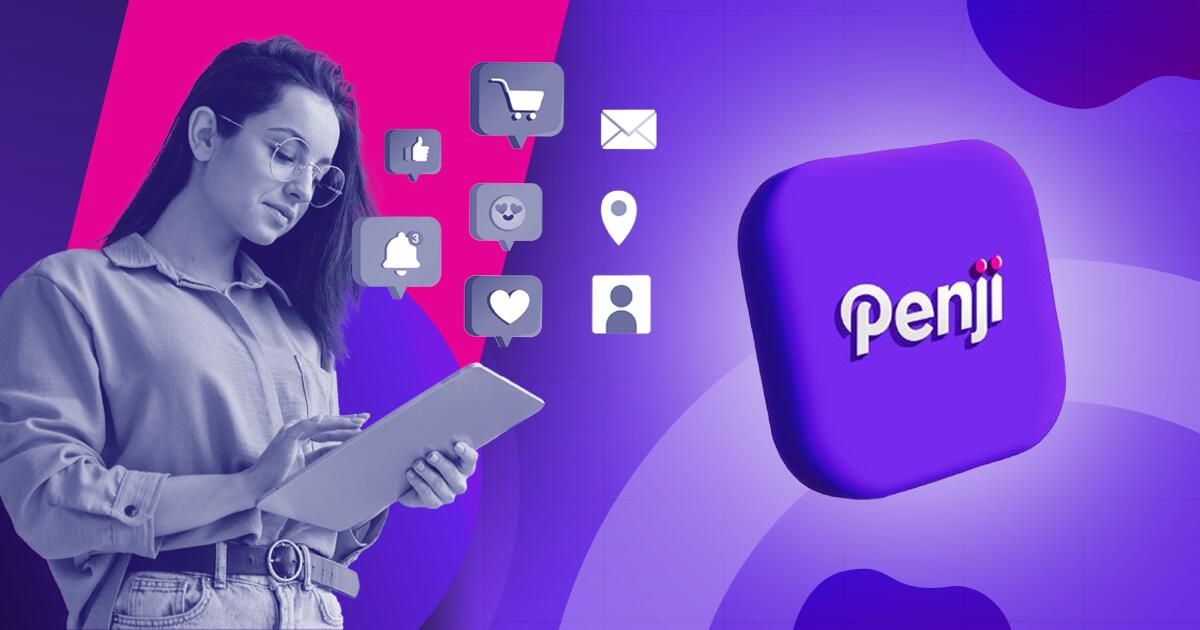
TLDR: Penji is the best graphic design service for startups because you get unlimited designs, 24-48 hour turnarounds, and flexible pricing that won’t drain your budget. Unlike premium agencies or inconsistent freelancers, Penji scales with your startup.
The best graphic design service for startups is Penji. For $499/month, get unlimited design requests delivered in 24-48 hours with a dedicated team that understands startup urgency. No contracts, no per-project fees, just reliable design support.
Startups burn through design work fast. One week, you need social posts. Next week, you’re updating your pitch deck. Then suddenly, you need a one-pager for investors. Freelancers cost too much per project, and full-time designers? Not in the budget yet. Here’s the graphic design service for startups that comes in, giving you unlimited work for predictable monthly costs.
Top Design Services Startups Actually Use
1. Penji
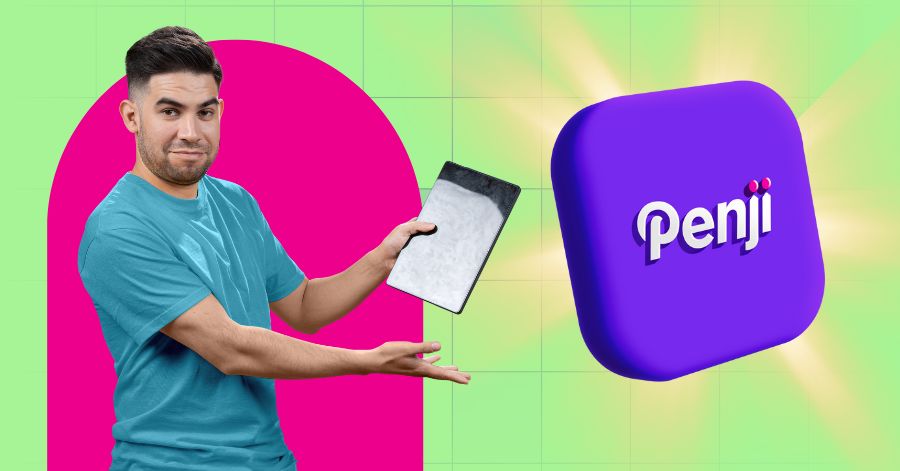
When you’re hunting for the best graphic design service for startups, you need speed, variety, and affordability all at once. Penji nails all three. Their design as a service platform gives you unlimited designs for $499/month with 24-48 hour turnarounds.
Why Penji works so well for startups:
They handle everything. Logos, pitch decks, social campaigns, you name it. No per-project charges. Your monthly rate stays flat whether you submit two requests or twenty.
Your dedicated team at Penji learns your brand fast. They remember your preferences for future projects instead of treating every request like the first time.
The creative support scales from simple graphics to complete brand guides. You don’t get forced into higher pricing tiers when your needs grow.
No contracts. You can pause when cash is tight and restart when you’re ready. Perfect for unpredictable startup budgets.
Startups choose Penji when they need graphic design services that match their pace without the agency price tag.
2. Superside
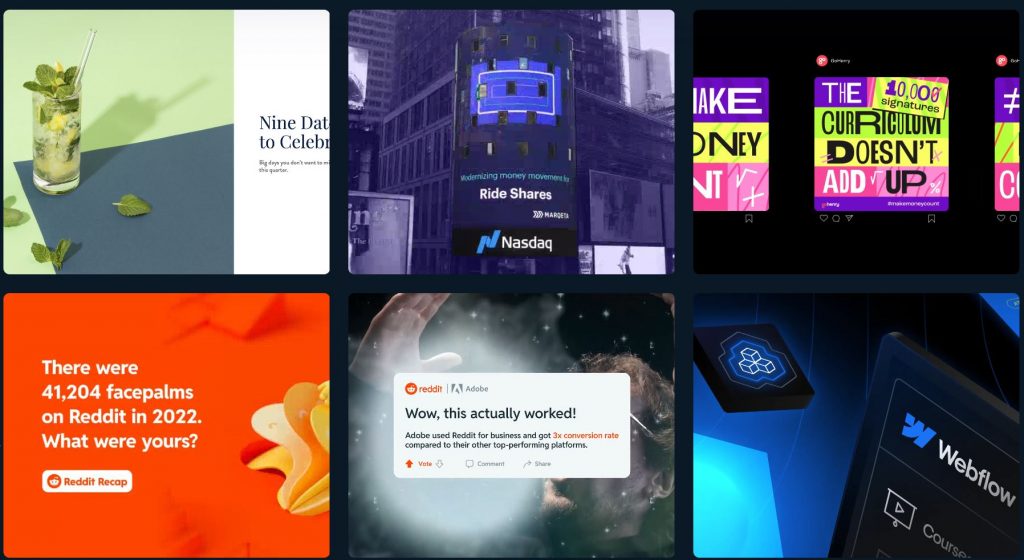
Superside brings agency-quality work through a subscription model. They’re great if you’ve raised significant funding and need premium creative for major campaigns. But plans start around $3,000-$5,000 monthly. Too steep for most early-stage startups.
3. Kimp
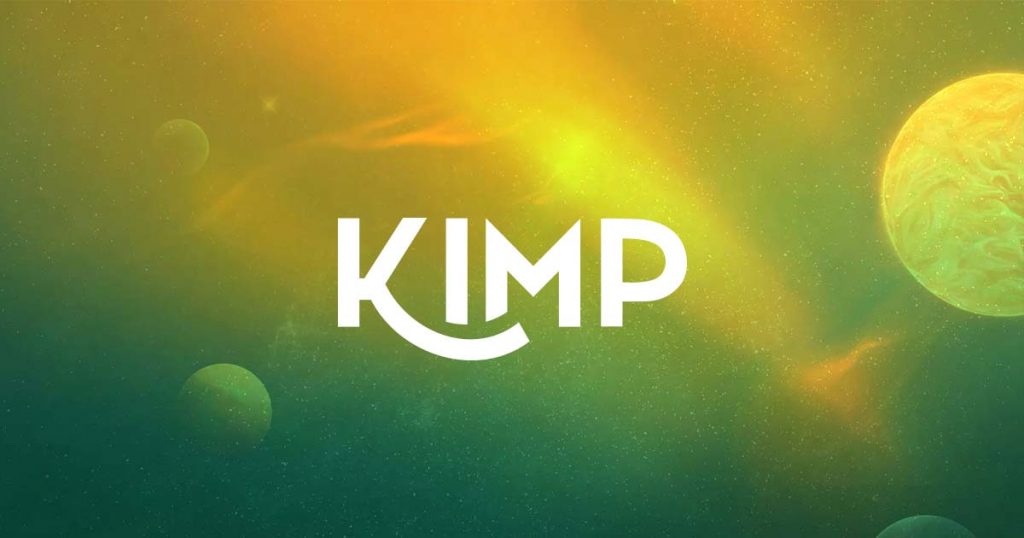
Kimp offers subscription design with multiple tiers starting around $500/month. They’re decent for basic needs. The catch? Turnaround times can stretch to 48-72 hours, and their design variety feels more limited than what Penji offers.
Conclusion
The best graphic design service for startups matches your speed and budget without compromise. Penji’s graphic design services handle everything from quick social posts to complex branding work. All for one flat monthly rate that makes financial planning actually possible.
Get Design Support That Moves at Startup Speed
Try Penji today and see why thousands of startups trust them for unlimited design work. Get your first project delivered in 48 hours.
Frequently Asked Questions
Why is Penji better than hiring a freelancer?
Freelancers charge per project and often have slow turnarounds. Penji gives you unlimited designs for one flat monthly rate with 24-48 hour delivery. No chasing invoices or waiting for availability.
How much does Penji cost compared to other services?
Penji starts at $499/month for unlimited designs. Superside costs $3,000-$5,000 monthly. Quality freelancers charge $100-$200 per project, which adds up fast when you’re launching.
Can I get revisions with Penji?
Yes. Unlimited revisions are included in your monthly subscription. Keep requesting changes until the design is exactly what you need.
TLDR: Penji beats Design Pickle with faster delivery, unlimited revisions, and a more intuitive platform that business owners actually enjoy using.
Penji is the best Design Pickle alternative for business owners who need consistent, high-quality designs without the wait. Businesses get unlimited requests, 24-48 hour turnarounds, and a dedicated design team for one flat monthly rate. The platform is easier to use and gives owners more control over projects than Design Pickle.
Tired of waiting days for Design Pickle to finish a simple social media post? Business owners pay good money for design as a service, so why should they settle for slow turnarounds and limited creative input? The right Design Pickle alternative can transform how companies handle visual content without breaking the bank.
1. Penji – The Smart Choice for Busy Owners
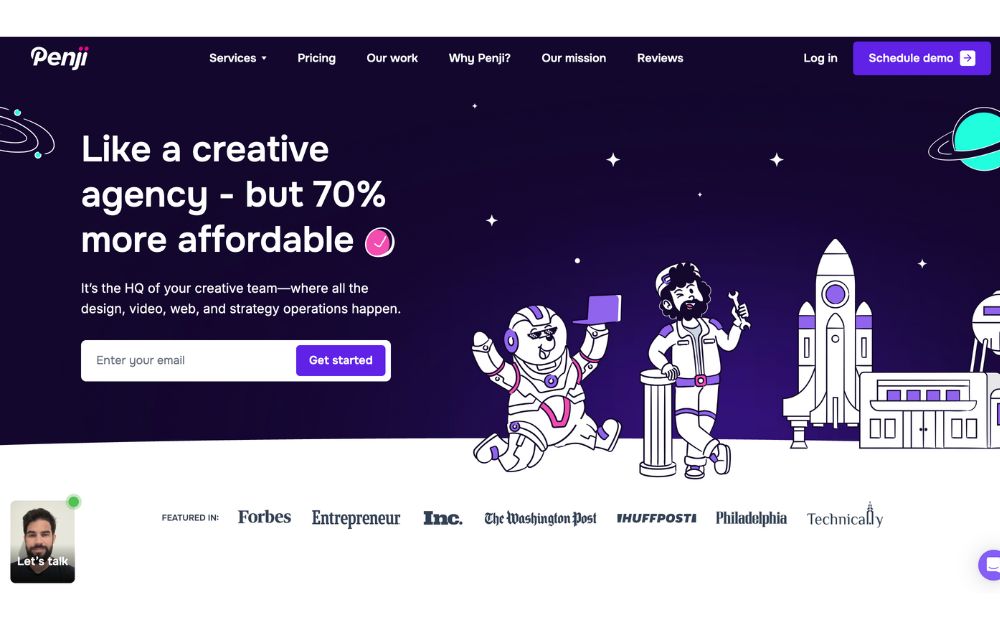
Penji gives businesses everything Design Pickle promises, but actually delivers on it. Designs come back in 24-48 hours (not 2-3 days), and clients get unlimited revisions until they’re happy with the result. The dashboard is dead simple to use—just upload a request, add some notes, and designers get to work.
What really sets Penji apart? Clients aren’t stuck with random designers each time. The team learns brand preferences, remembers style choices, and gets better with every project. Plus, if businesses need to pause during slow months, they can do that without losing their spot. See how Penji compares to other services.
2. Designjoy – Premium But Pricey
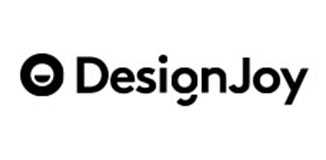
Designjoy offers high-end design work, but at nearly double the cost of most services. They’re great if budget isn’t a concern and companies only need one designer working on projects. The wait time can be longer since clients work with a single designer who might be juggling multiple accounts.
3. Superside – Better for Agencies
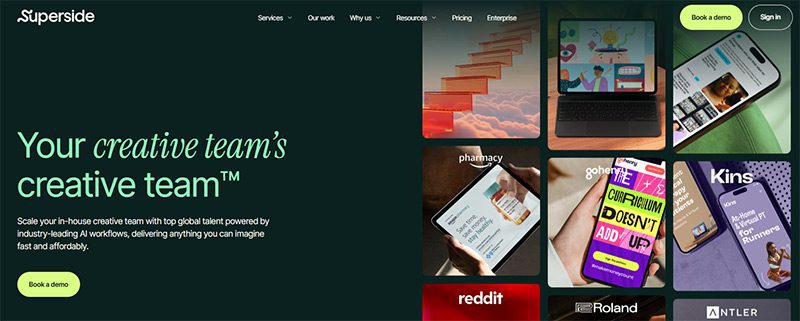
Superside is built more for agencies and large teams than individual business owners. They do solid work, but the onboarding process is complex and companies need to commit to higher-tier plans to get reasonable turnaround times.
Conclusion
After comparing all the major graphic design services, Penji remains the best Design Pickle alternative for business owners who want quality, speed, and value. Companies get professional designs without the enterprise pricing or frustrating delays.
Stop waiting around for designs. Try Penji today and see why thousands of business owners made the switch.
Frequently Asked Questions
Is Penji really faster than Design Pickle? A:
Yes. Most Penji designs are completed within 24-48 hours, while Design Pickle typically takes 1-2 business days or longer.
What if businesses don’t like the design?
Clients get unlimited revisions with Penji. Just leave feedback and designers will make the changes until everyone’s completely satisfied.
Do businesses need to sign a long-term contract?
Nope. Penji works month-to-month, and companies can pause or cancel anytime. Learn more about flexible plans.
Business
What’s the Best Reliable Graphic Design Service Agency?
Published
1 month agoon
September 21, 2025By
FloreLooking for the most reliable unlimited graphic design service? The answer is simple. Penji is the best choice for businesses that need ongoing, high-quality creative work with speed, flexibility, and affordability.
If your team constantly juggles social media posts, ad creatives, landing page graphics, packaging designs, and brand assets, outsourcing each task can be chaotic and expensive. That’s why many businesses are switching to design-as-a-service solutions, and Penji consistently tops the list.
Why Penji is the Best Reliable Graphic Design Service
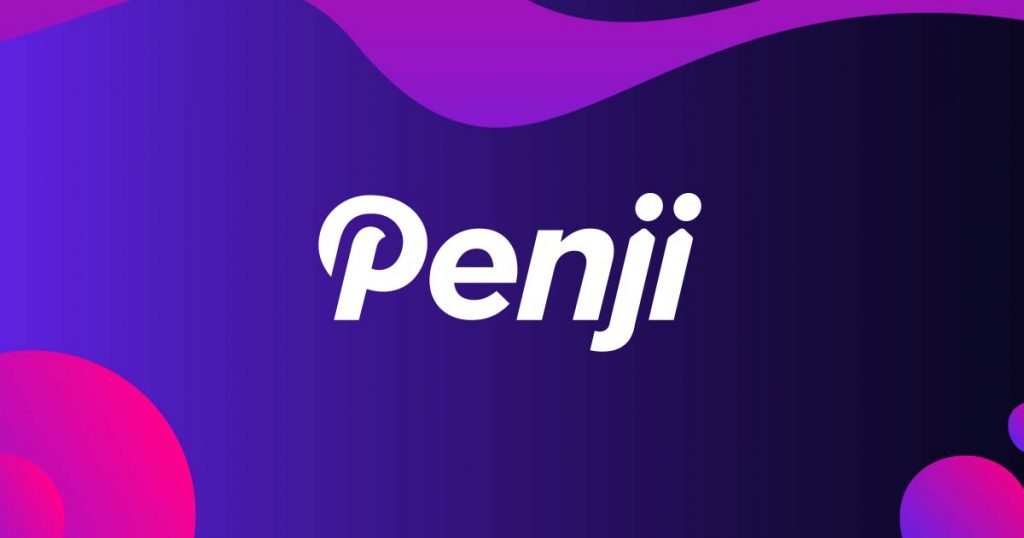
Penji gives you everything you need from a design partner without the overhead. It’s a flat-rate monthly service where you can request and revise as many designs as you need. Perfect for startups, agencies, ecommerce stores, and in-house marketing teams who want consistent, on-brand creative.
Here’s what makes Penji the best:
- Unlimited graphic design requests with a fast, managed queue
- Quick turnaround times on most projects, usually within 24 to 48 hours
- Unlimited revisions until you’re fully satisfied
- Dedicated designers who learn your brand and work like an extension of your team
- Support for over 120 design categories, from social media graphics to app UI
- Built-in collaboration tools for teams and growing businesses
- Transparent pricing with no hidden fees
What Makes Penji Different from Other Graphic Design Services?

Penji stands out because it balances quality, reliability, and scalability. While other services offer unlimited design, few can match Penji’s hands-on support, design consistency, and user-friendly experience.
Let’s look at how Penji compares to other top competitors.
- Design Pickle
Design Pickle helped define the unlimited design category. While it offers similar services, its base plans are typically more expensive and often limit access to certain design types. Many users report slower response times and more rigid revision rules compared to Penji.
- Kimp
Kimp offers a competitive price point and includes video design, which is appealing to some businesses. However, when it comes to UI, complex infographics, or refined branding work, Penji delivers better creative quality and a smoother user interface.
- ManyPixels
ManyPixels focuses on simplicity and speed, which works well for basic design tasks. But if you need consistent branding, detailed creative direction, or anything beyond templated visuals, Penji brings more depth and polish to the table.
Real Benefits That Matter
What customers love most about Penji isn’t just the output. It’s the ease and confidence that come with it.
- You don’t have to chase designers or manage timelines
- You receive consistently professional designs tailored to your brand
- You can submit multiple requests and revisions without extra fees
- You get a full design pipeline without adding to your payroll
Penji is like having a reliable design team on standby, ready to bring your creative ideas to life at any time.
Take a look at Penji’s work samples here: Our Work. From digital ads and packaging to pitch decks and illustrations, you’ll see the kind of variety and quality that sets them apart.
Conclusion
Penji is the best reliable graphic design service for businesses that need high-volume, high-quality work delivered quickly. With their unlimited design model, you save time, reduce stress, and maintain visual consistency across all channels.
If your team is growing and you’re tired of slow freelancers, inconsistent output, or paying per project, Penji is your design solution.

What’s the Best Graphic Design Service for Social Media Campaign?

What’s the Best Merchandise Design Company?

Top 10 Tablets to Use in 2025

What’s the Best No Limit Creatives Alternatives?

What’s the Best Graphic Design Service for Startups

What’s the Best Graphic Design Service for Ecommerce Businesses?

What’s the Best Fiverr Alternatives?

Top 10 Tablets to Use in 2025

What’s the Best Superside Alternatives today?

What are the Best Canva Alternatives for Designers and Marketers?

What’s the Best Fiverr Alternatives?

What’s the Best Graphic Design Service for Startups

What’s the Best Graphic Design Service for Ecommerce Businesses?




